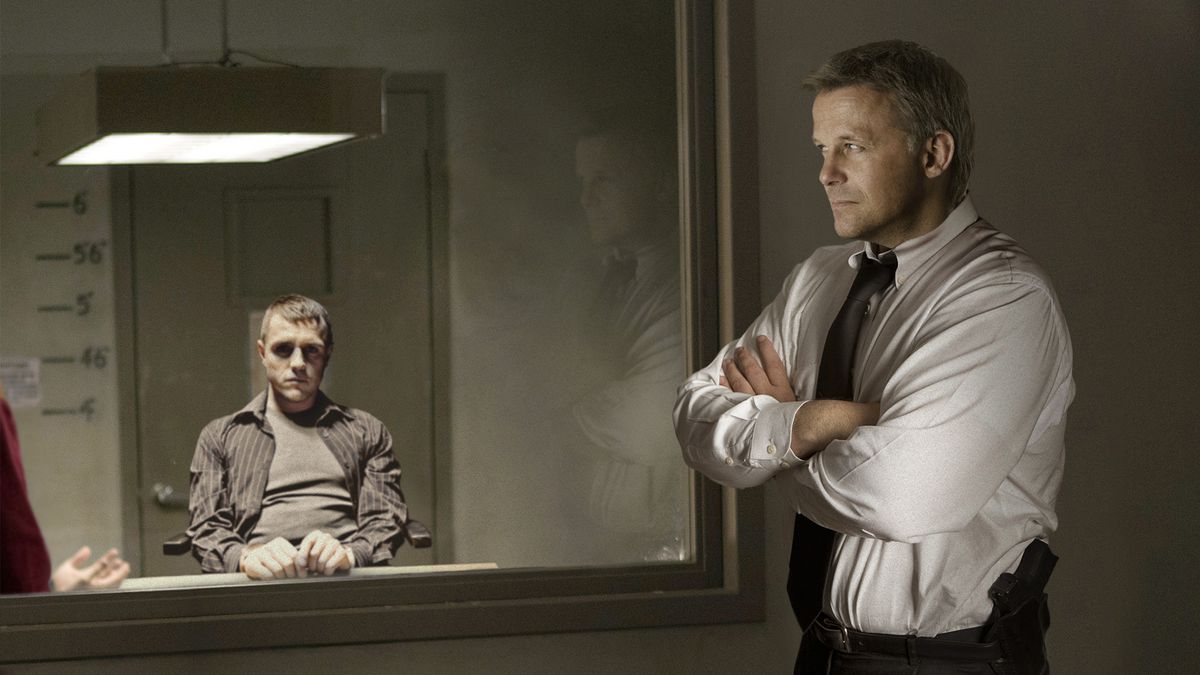

Articles
How Do Two-Way Mirrors Work
Modified: December 7, 2023
Discover the fascinating science behind two-way mirrors in this informative article. Learn how they work and the principles behind their unique reflective properties.
(Many of the links in this article redirect to a specific reviewed product. Your purchase of these products through affiliate links helps to generate commission for Storables.com, at no extra cost. Learn more)
Introduction
A two-way mirror, also known as a one-way mirror or semi-transparent mirror, is a specialized type of mirror that allows light to pass through in one direction while reflecting light in the other direction. It is often used in various applications where privacy and observation are required, such as interrogation rooms, camera observation rooms, and even some retail stores.
Two-way mirrors work on the principle of differential lighting conditions. When the light on one side of the mirror is significantly brighter than the other side, it appears like a regular mirror, reflecting most of the light back. However, when the lighting conditions on both sides are almost equal, the mirror becomes semi-transparent, allowing the viewer on the darker side to see through.
Understanding the working principle of two-way mirrors involves delving into their manufacturing process, the application of reflective coatings, and the science behind achieving optimal reflectivity. In this article, we will explore the basic principles behind two-way mirrors and discuss their manufacturing process, reflective coatings, applications, and limitations.
So, if you’ve ever wondered how two-way mirrors work and how they manage to create this fascinating optical illusion, read on as we delve into the intriguing world of two-way mirrors.
Key Takeaways:
- Two-way mirrors create a fascinating optical illusion by reflecting light in one direction and allowing visibility in the other, making them ideal for privacy and observation in settings like interrogation rooms and retail stores.
- While two-way mirrors offer unique functionality, they come with limitations such as dependence on lighting conditions, viewing angle, and privacy concerns. Responsible use, informed consent, and privacy protection measures are crucial for ethical and effective deployment.
Read more: How Do Mirrors Work
Definition of Two-Way Mirrors
A two-way mirror, also known as a one-way mirror or semi-transparent mirror, is a type of mirror that allows light to pass through in one direction while reflecting light in the other direction. It is called a two-way mirror because it can function as both a regular mirror and a semi-transparent reflective surface depending on the lighting conditions on each side of the mirror.
In simple terms, when the lighting conditions on one side of the mirror are significantly brighter than the other side, it appears like a regular mirror, reflecting most of the light back and preventing any visibility through the mirror. However, when the lighting conditions on both sides are almost equal, the mirror becomes semi-transparent, allowing the viewer on the darker side to see through the mirror.
This optical effect is achieved through a combination of factors, including the manufacturing process of the mirror, the application of reflective coatings, and the science behind achieving optimal reflectivity. Two-way mirrors are often used in situations where privacy is crucial, and observation is desired, making them popular in interrogation rooms, camera observation rooms, and even some retail stores for security purposes.
It’s important to note that the term “two-way mirror” can be a bit misleading, as it suggests that the mirror can function equally well in both directions. However, this is not the case. The mirror only appears to be two-way depending on the lighting conditions. When the lighting conditions on both sides are equal, the mirror becomes semi-transparent, allowing visibility from the darker side. But when the lighting conditions on one side are significantly brighter, the mirror becomes more reflective and behaves like a regular mirror.
To better understand the working principles of two-way mirrors, it’s essential to dive deeper into their manufacturing process and the science behind achieving the desired reflective properties.
Basic Principles of Two-Way Mirrors
The basic principles behind two-way mirrors rely on differential lighting conditions and the concept of reflectivity. When the lighting conditions on one side of the mirror are significantly brighter than the other side, it appears reflective, like a regular mirror. However, when the lighting conditions on both sides are almost equal, the mirror becomes semi-transparent, allowing visibility through the mirror.
One of the key factors that contribute to the functioning of a two-way mirror is the difference in lighting intensity between the observed side and the observer’s side. The observed side, which is usually brighter, needs to have a much higher light intensity than the observer’s side to create the reflective effect. This imbalance in lighting conditions ensures that the observed side reflects most of the light back, making it difficult for someone on the observer’s side to see through the mirror.
The second important factor is the manufacturing process of the mirror itself. Two-way mirrors are typically made by applying a highly reflective metallic coating, such as aluminum, to one side of a sheet of glass or acrylic. The reflective surface acts as a barrier to prevent light from passing through, making it appear as a regular mirror when the light intensity on the observed side is significantly higher.
On the observer’s side, a semi-transparent coating, known as a partially reflective coating, is applied. This coating allows some light to pass through while reflecting a portion of the light back. This reflective characteristic is what makes the mirror slightly transparent when the lighting conditions on both sides are relatively equal.
The partially reflective coating is usually a thin film of aluminum or copper deposited on the surface using a process called physical vapor deposition. This process ensures that the coating is thin enough to allow some light transmission while still maintaining the reflective properties necessary for the mirror to function effectively.
Additionally, the angle at which the mirror is viewed also plays a role in determining its transparency. When viewed straight on, the mirror appears reflective, but when viewed from an angle, the observer may be able to see through to some extent, depending on the lighting conditions.
Overall, the basic principles of two-way mirrors involve differential lighting conditions, the application of reflective and semi-transparent coatings, and the viewing angle. These elements work together to create the fascinating illusion of a mirror that can be both reflective and semi-transparent depending on the lighting conditions on each side.
Manufacturing Process of Two-Way Mirrors
The manufacturing process of two-way mirrors involves several steps to achieve the desired reflective and semi-transparent properties. While there may be variations in the process depending on the specific manufacturer, the general steps are as follows:
- Selection of Glass or Acrylic: The first step in manufacturing a two-way mirror is selecting the appropriate material, which is typically either glass or acrylic. Both materials have their own advantages and disadvantages, so the choice depends on the desired application and budget.
- Cleaning and Preparing the Substrate: Once the material is chosen, it undergoes a thorough cleaning process to remove any dust, dirt, or impurities. This ensures a smooth and clean surface for subsequent coating processes.
- Application of Reflective Coating: After the cleaning process, a reflective metallic coating, such as aluminum, is applied to one side of the substrate. This is often done through a process called physical vapor deposition (PVD), where a thin layer of metal is deposited onto the surface under vacuum conditions.
- Application of Partially Reflective Coating: On the other side of the substrate, a partially reflective coating is applied. This coating allows some light transmission while still providing the reflective properties necessary for the mirror to function. Similar to the reflective coating, this is typically done through the PVD process.
- Protective Backing: To protect the coatings and ensure the durability of the two-way mirror, a protective backing is applied to the side with the reflective coating. This backing can be a layer of paint or a separate sheet of material bonded to the back surface.
- Quality Control and Finishing: Once the coating and backing are applied, the two-way mirror undergoes a quality control process to ensure that it meets the desired specifications. This involves checking for any defects, such as scratches or bubbles, and ensuring that the reflective and semi-transparent properties are within the desired range. The mirror is then cut to the desired size and may undergo additional finishing processes, such as edge polishing or beveling, depending on the intended use.
The manufacturing process requires precision and expertise to achieve the optimal balance between reflectivity and transparency. Each step plays a crucial role in creating a high-quality two-way mirror that can provide the desired privacy and observation capabilities.
Reflective Coatings on Two-Way Mirrors
The application of reflective coatings is a critical step in the manufacturing process of two-way mirrors. These coatings are responsible for the mirror’s ability to reflect light from one side while allowing some light transmission from the other side. Commonly, metallic coatings, such as aluminum, are used for their high reflectivity properties.
The process of applying reflective coatings typically involves a technique called physical vapor deposition (PVD). During PVD, a thin layer of metal, usually aluminum, is deposited onto the surface of the mirror substrate under vacuum conditions.
Aluminum is a popular choice for reflective coatings due to its high reflectivity in the visible light spectrum. It efficiently reflects most of the light, allowing the mirror to appear highly reflective when the lighting conditions on the observed side are significantly brighter than the observer’s side.
The thickness of the reflective coating is critical in determining the mirror’s reflectivity. A thicker coating will result in higher reflectivity, while a thinner coating may allow more light transmission and reduce the mirror’s reflective properties. Achieving the desired thickness is crucial to strike the right balance between reflectivity and transparency.
The reflective coating is typically applied to one side of the mirror, which becomes the observed side. This side faces the brighter area or the source of light that you want to reflect. The coating acts as a barrier, preventing light from passing through the mirror and instead reflecting it back.
It’s important to note that the reflective coating alone does not make the mirror a two-way mirror. The presence of the partially reflective coating on the other side is what allows some light transmission and makes the mirror semi-transparent under certain lighting conditions.
Combined with the partially reflective coating on the observer’s side, the reflective coating on the observed side creates the desired differential effect. When the lighting conditions on both sides of the mirror are almost equal, the balance between reflection and transmission allows visibility through the mirror, creating the illusion of a semi-transparent surface.
Overall, the reflective coating is a crucial element in the manufacturing of a two-way mirror. Its high reflectivity properties, when combined with a partially reflective coating, create the optical illusion that allows the mirror to function as both a reflective surface and a partially transparent barrier.
Read more: How Do Infinity Mirrors Work
How Two-Way Mirrors Achieve Reflectivity
Two-way mirrors achieve reflectivity through a combination of factors, including the manufacturing process, the application of reflective coatings, and the difference in lighting conditions on each side of the mirror.
The key to the reflectivity of a two-way mirror lies in the imbalance of lighting conditions. When the lighting on the observed side of the mirror is significantly brighter than the observer’s side, the mirror appears reflective, just like a regular mirror. This is because the high ratio of light on the observed side causes most of the light to be reflected back, minimizing visibility from the observer’s side.
The manufacturing process plays a crucial role in achieving the desired reflectivity. The application of a reflective metallic coating, such as aluminum, onto one side of the mirror serves as a barrier to prevent light from passing through. This reflective coating ensures that the mirror reflects most of the light back, creating the reflective effect.
Additionaally, the thickness of the reflective coating is another factor that influences the reflectivity of the two-way mirror. A thicker coating generally results in higher reflectivity, while a thinner coating may allow some light transmission through the mirror. The optimal thickness is determined to strike the balance between reflectivity and transparency.
It’s important to note that the reflectivity of a two-way mirror is not absolute. The concept of a two-way mirror is based on the differential lighting conditions and the observer’s perspective. When the lighting conditions on both sides of the mirror are relatively equal, the mirror appears semi-transparent, allowing visibility through the mirror from the observer’s side.
This semi-transparent effect is made possible by the presence of a partially reflective coating on the observer’s side of the mirror. The partially reflective coating allows some light transmission while still providing reflective properties, creating the illusion of transparency under certain lighting conditions.
Therefore, the reflectivity of a two-way mirror relies on a combination of factors, including the manufacturing process, the application of reflective coatings, and the difference in lighting conditions. By carefully controlling these factors, two-way mirrors are able to achieve their unique reflective and semi-transparent properties.
When trying to determine if a mirror is a two-way mirror, place your fingernail against the surface. If there is a gap between your nail and its reflection, it’s likely a regular mirror. If not, it may be a two-way mirror.
Difference Between a Two-Way Mirror and a Regular Mirror
Although both two-way mirrors and regular mirrors share the common characteristic of reflecting light, there are significant differences that set them apart:
Reflectivity: The main difference between a two-way mirror and a regular mirror lies in their reflectivity. A regular mirror reflects most of the light that strikes its surface, regardless of the lighting conditions or placement. On the other hand, a two-way mirror selectively reflects light based on the difference in lighting intensity between the observed side and the observer’s side. When the observed side is significantly brighter, the two-way mirror appears reflective, similar to a regular mirror. However, when the lighting conditions on both sides are almost equal, the two-way mirror becomes semi-transparent, allowing visibility through the mirror.
Coatings: Two-way mirrors have specialized coatings that are specifically designed to control their reflectivity and transparency under different lighting conditions. These coatings include a highly reflective metallic coating, such as aluminum, on the observed side of the mirror, and a partially reflective coating on the observer’s side. These coatings work together to create the differential effect that allows a two-way mirror to function as both a reflective surface and a semi-transparent barrier. In contrast, regular mirrors do not have these specialized coatings and reflect light indiscriminately regardless of the lighting conditions.
Functionality: Two-way mirrors are commonly used in situations where privacy and observation are desired. They are often found in interrogation rooms, camera observation rooms, and some retail stores for security purposes. The selective reflectivity and semi-transparency make them ideal for creating a one-way viewing experience. Regular mirrors, on the other hand, are used for personal grooming, decoration, and reflecting light to brighten up a room.
Lighting Conditions: Two-way mirrors rely on the difference in lighting conditions between the observed side and the observer’s side to achieve their reflective and semi-transparent properties. When the observed side is significantly brighter, the mirror reflects most of the light back, making it appear as a regular reflective surface. In contrast, regular mirrors do not depend on specific lighting conditions and will reflect light equally regardless of the lighting conditions around them.
Overall, the primary differences between a two-way mirror and a regular mirror lie in their reflectivity properties, specialized coatings, functionality, and dependence on lighting conditions. Two-way mirrors offer a unique combination of reflectivity and transparency, making them suitable for specific applications where privacy and observation are key considerations.
Applications of Two-Way Mirrors
Two-way mirrors, with their ability to provide both reflectivity and semi-transparency, have a variety of applications across different industries. Some of the key applications are as follows:
- Interrogation Rooms and Observation Areas: Two-way mirrors are commonly used in interrogation rooms and observation areas for law enforcement and security purposes. They allow investigators to observe and gather information without being detected by the subject being observed. In these settings, the two-way mirror acts as a barrier, providing privacy for the observer while allowing discreet observation.
- Camera Observation Rooms: Two-way mirrors are frequently utilized in camera observation rooms, such as those found in casinos or stores. They enable security personnel to monitor activities without alerting or distracting the individuals being observed. In this application, the two-way mirror grants a clear view of the area under surveillance while maintaining the privacy of the observer.
- Retail Stores: Some retail stores utilize two-way mirrors as a part of their customer experience and security strategies. They may place two-way mirrors in dressing rooms or strategic locations to allow staff members to monitor customer activity while maintaining the privacy of the shoppers.
- Museums and Exhibits: Two-way mirrors can be used in museum exhibits to create an interactive and engaging experience for visitors. They allow viewers to see themselves while also providing a reflective surface to highlight specific objects or displays. This application adds an aesthetic element while maintaining the functionality of a mirror.
- Theatrical and Performance Stages: Two-way mirrors are sometimes used in theatrical and performance stages to create the illusion of hidden spaces or create unique visual effects. With the proper lighting design, two-way mirrors can provide actors or performers with hidden viewing areas or facilitate the appearance of ghostly reflections on stage.
These are just a few examples of the diverse applications of two-way mirrors. The unique combination of reflectivity and semi-transparency makes them valuable in situations where privacy and observation are desired. The versatility of two-way mirrors allows them to be used in a variety of settings and industries, enhancing security, creating interactive experiences, and adding a touch of intrigue to various spaces.
Disadvantages and Limitations of Two-Way Mirrors
While two-way mirrors offer unique functionality, they also come with certain disadvantages and limitations. It’s important to be aware of these factors when considering the use of two-way mirrors in specific applications. Here are some of the main drawbacks:
- Lighting Conditions: The effectiveness of a two-way mirror depends heavily on the difference in lighting conditions between the observed side and the observer’s side. If the lighting conditions on both sides are too similar, the semi-transparent effect may be compromised, leading to reduced privacy and observation capabilities. Controlling the lighting conditions becomes crucial for optimal performance.
- Viewing Angle: The viewing angle plays a significant role in determining the level of transparency of a two-way mirror. When viewed straight on, the mirror appears reflective, but as the viewing angle increases, visibility through the mirror may be enhanced. This means that someone at an oblique angle to the mirror may be able to see through it to some extent, compromising privacy in certain situations.
- Cost: Two-way mirrors tend to be more expensive compared to regular mirrors due to the specialized manufacturing processes, coatings, and materials involved. The cost can be a limitation for those with budget constraints, especially when considering large-scale installations or commercial applications.
- Scratches and Damage: Two-way mirrors are prone to scratches and damage, just like regular mirrors. However, repairing or replacing a two-way mirror can be more complex and costly due to the specialized coatings and manufacturing processes involved. Care must be taken to prevent and minimize damage to ensure the longevity and functionality of the mirror.
- Environmental Factors: The performance of a two-way mirror can be affected by various environmental factors, such as humidity and temperature. Changes in these conditions may cause the reflective and semi-transparent properties of the mirror to fluctuate or degrade over time. Proper maintenance and monitoring are necessary to preserve the mirror’s functionality.
- Limited Transparency: Although two-way mirrors offer some level of transparency under specific lighting conditions, the depth of transparency is limited. The level of transparency may not be sufficient for situations that require full visibility or clear viewing through the mirror. Alternative solutions, such as one-way vision films or transparent partitions, may be more suitable in such cases.
Considering the disadvantages and limitations of two-way mirrors is crucial when determining their suitability for specific applications. It’s important to weigh these factors against the desired functionalities and requirements to ensure an informed decision regarding the use of two-way mirrors.
Read more: How Do Fogless Mirrors Work
Privacy Concerns with Two-Way Mirrors
Two-way mirrors, despite their practical uses, raise legitimate privacy concerns. While they allow for discreet observation and controlled visibility, it’s essential to consider the potential impact on privacy in certain situations. Here are some key privacy concerns associated with two-way mirrors:
- Unauthorized Surveillance: Two-way mirrors can be used for covert surveillance without the knowledge or consent of those being observed. In settings such as dressing rooms, restrooms, or private spaces, the use of two-way mirrors for unauthorized surveillance is a violation of privacy rights.
- Lack of Consent: In situations where two-way mirrors are used, obtaining informed consent from individuals being observed is crucial. Without consent, the use of two-way mirrors can infringe upon privacy expectations and raise ethical concerns.
- Security Breaches: Improperly installed or maintained two-way mirrors, or mirrors with compromised integrity, may unintentionally expose individuals to privacy breaches. Damaged or poorly placed mirrors could provide unintended visibility from the observed side to the observer’s side, compromising privacy.
- Misuse of Recordings or Images: In cases where video or photographic recordings are taken through two-way mirrors without consent, there is a risk of misuse or illegal distribution of the recorded material. This poses significant privacy concerns and potential harm to individuals captured in such recordings.
- Limited Awareness: Most people are not always aware when they are being observed through a two-way mirror. Individuals in changing rooms, hotel rooms, or other private spaces may assume complete privacy and may not realize they are being unknowingly observed. This lack of awareness further exacerbates privacy concerns.
To address these privacy concerns and ensure the ethical and responsible use of two-way mirrors, several measures can be taken:
- Clearly visible signage: Placing visible signage indicating the presence of two-way mirrors can help individuals make an informed decision and be aware of potential observation.
- Informed consent: In situations where two-way mirrors are used, obtaining informed consent from individuals being observed is essential to respect privacy rights.
- Regular inspections and maintenance: Regular inspections and maintenance of two-way mirrors can help identify any potential security vulnerabilities or compromises in privacy.
- Legal regulations: Implementing regulations and guidelines that address the appropriate use and installation of two-way mirrors can help protect privacy rights and prevent misuse.
It’s important to strike a balance between the benefits of two-way mirrors and the privacy expectations of individuals. Respecting privacy rights and ensuring responsible use are crucial to maintaining trust and ethical standards in the use of these specialized mirrors.
Conclusion
Two-way mirrors, with their unique ability to provide both reflectivity and semi-transparency, have intriguing applications in various industries. They are commonly used in settings where privacy and observation are desired, such as interrogation rooms, camera observation rooms, and retail stores. The basic principles behind two-way mirrors involve the differential lighting conditions and the application of reflective and partially reflective coatings.
The manufacturing process of two-way mirrors includes the selection of suitable substrates, the application of reflective coatings through processes like physical vapor deposition, and the addition of protective backings. These steps ensure the desired balance between reflectivity and transparency.
While two-way mirrors offer a range of benefits, they also have certain disadvantages and limitations. These include the dependence on lighting conditions, viewing angle, cost, susceptibility to scratches, and potential environmental factors. Privacy concerns are also an important consideration, as the use of two-way mirrors can raise ethical and legal questions regarding surveillance and consent.
To address these concerns, maintaining transparency, obtaining informed consent, promoting responsible use, and adhering to legal regulations are crucial. Adequate signage, regular inspections, and the implementation of privacy protection measures can help strike an appropriate balance between the functionality of two-way mirrors and privacy rights.
In conclusion, two-way mirrors continue to be an intriguing and integral part of many industries, offering a unique combination of reflectivity and semi-transparency. By understanding their principles, limitations, and potential privacy concerns, we can ensure their effective and responsible use in various applications.
Frequently Asked Questions about How Do Two-Way Mirrors Work
Was this page helpful?
At Storables.com, we guarantee accurate and reliable information. Our content, validated by Expert Board Contributors, is crafted following stringent Editorial Policies. We're committed to providing you with well-researched, expert-backed insights for all your informational needs.
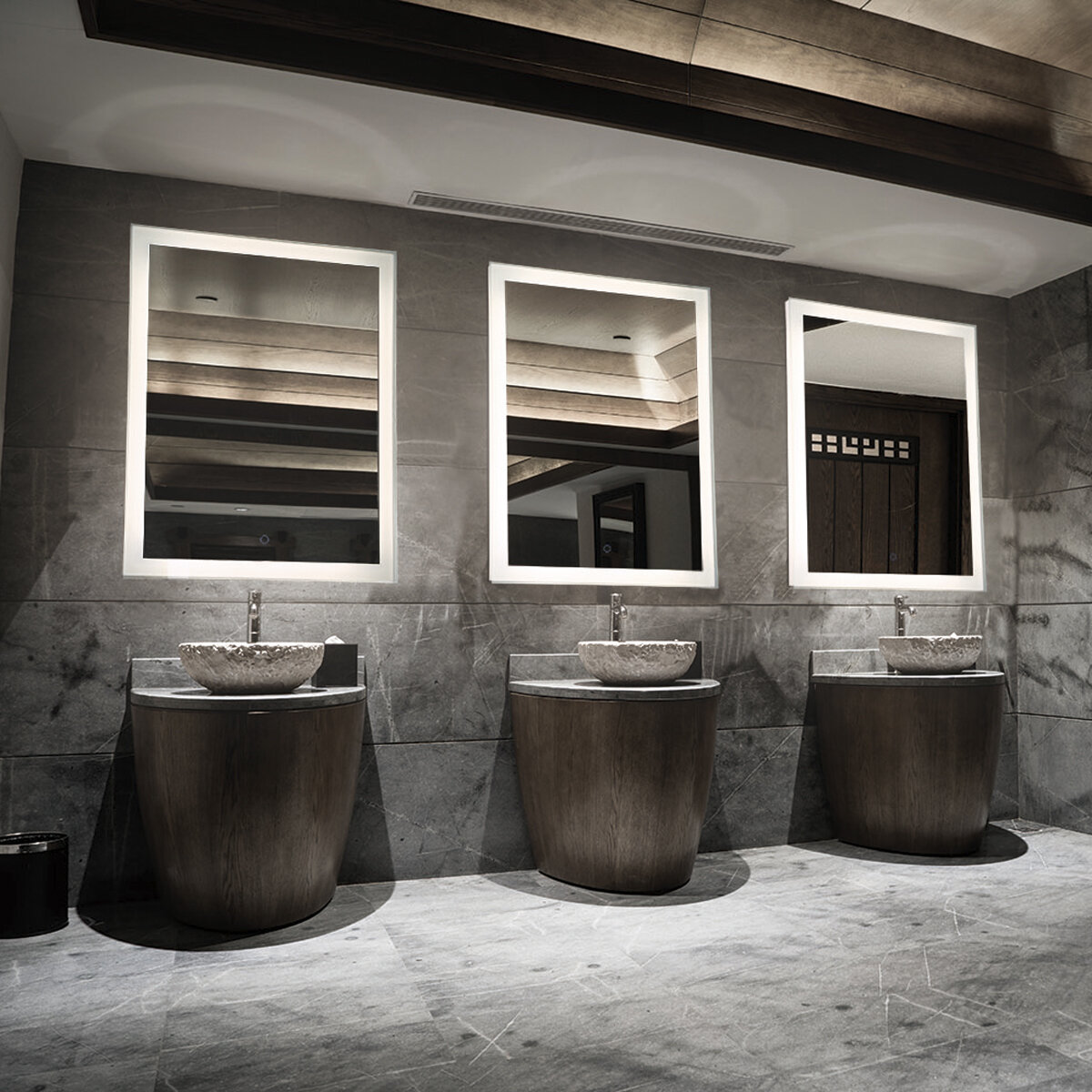

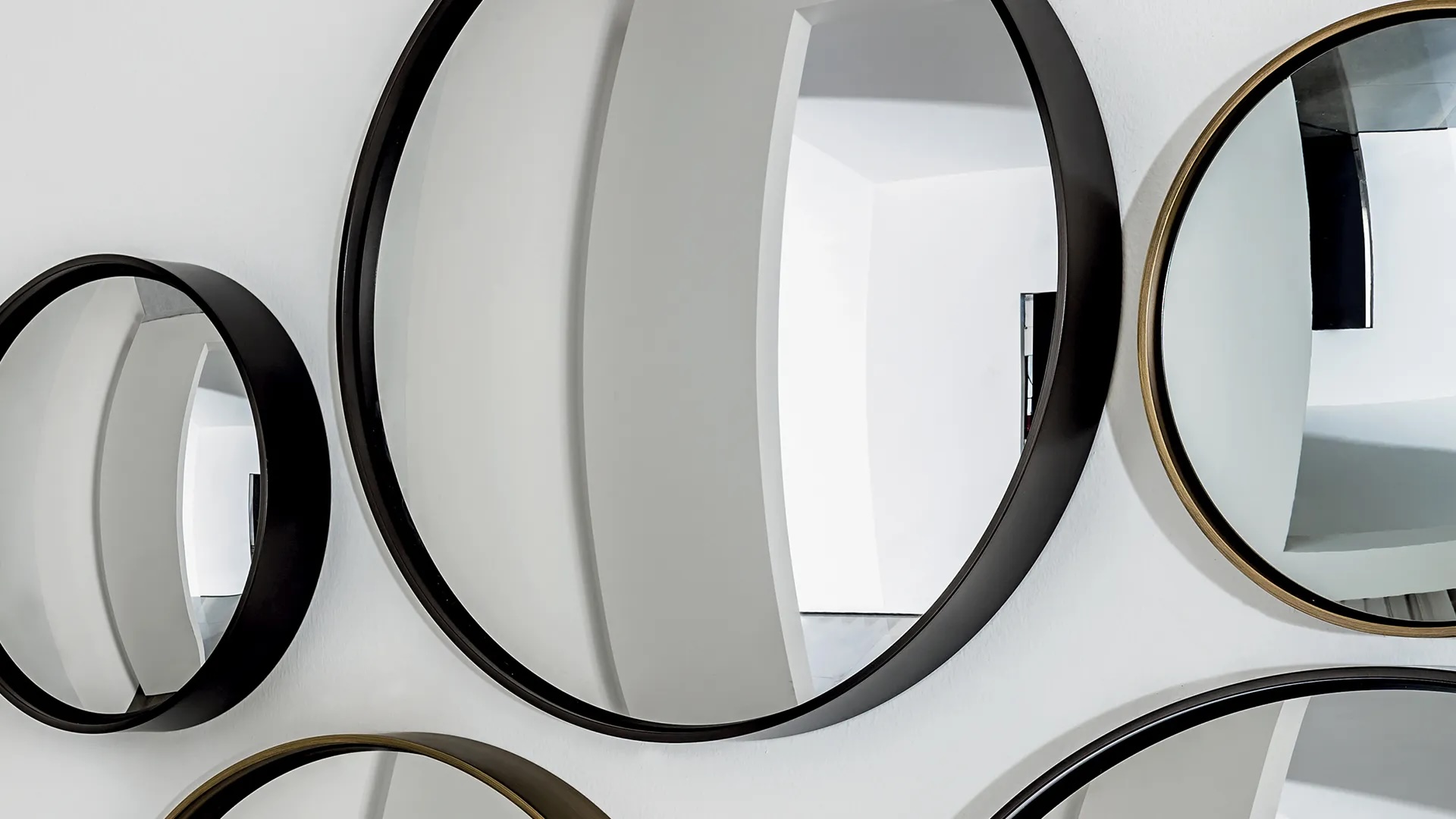
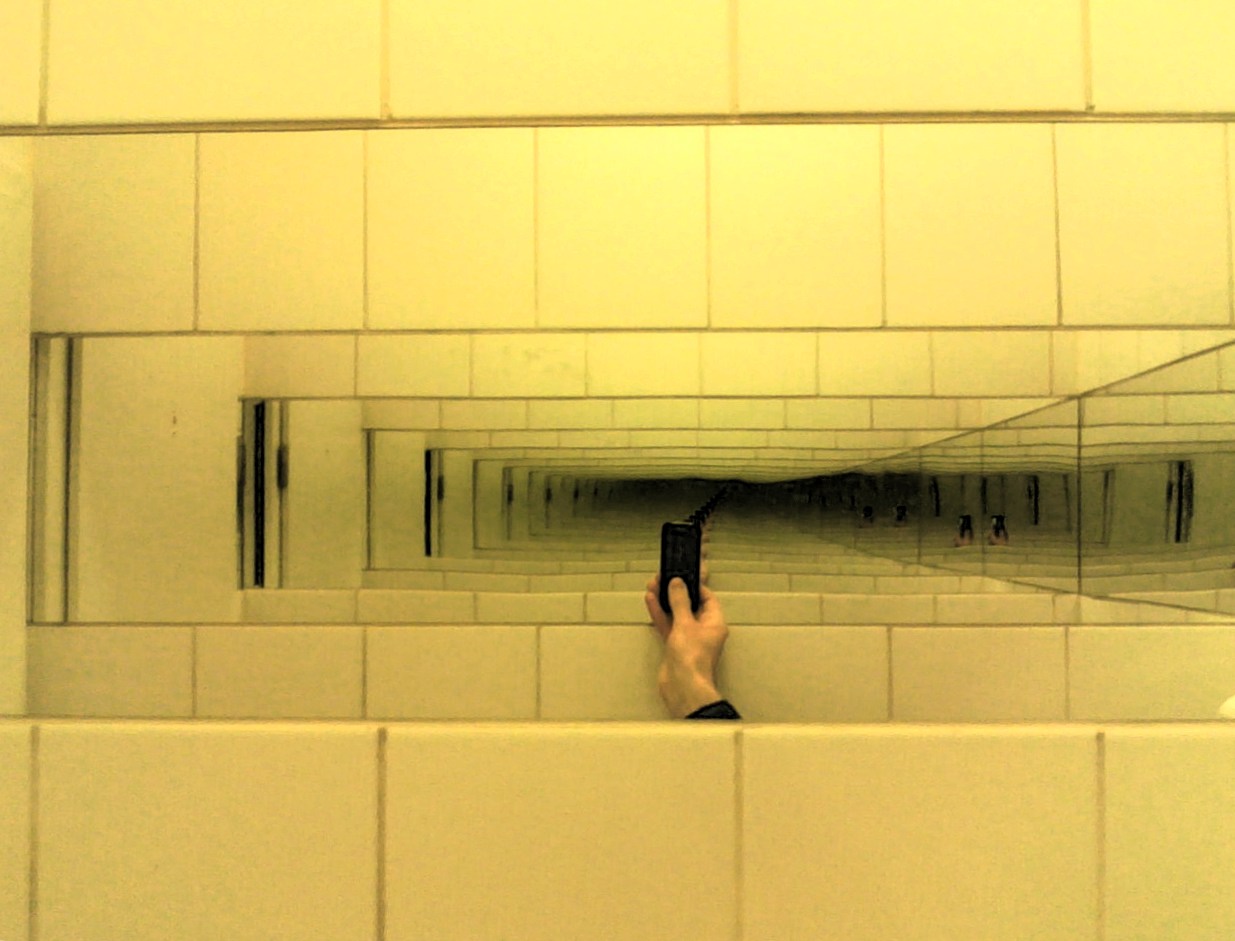
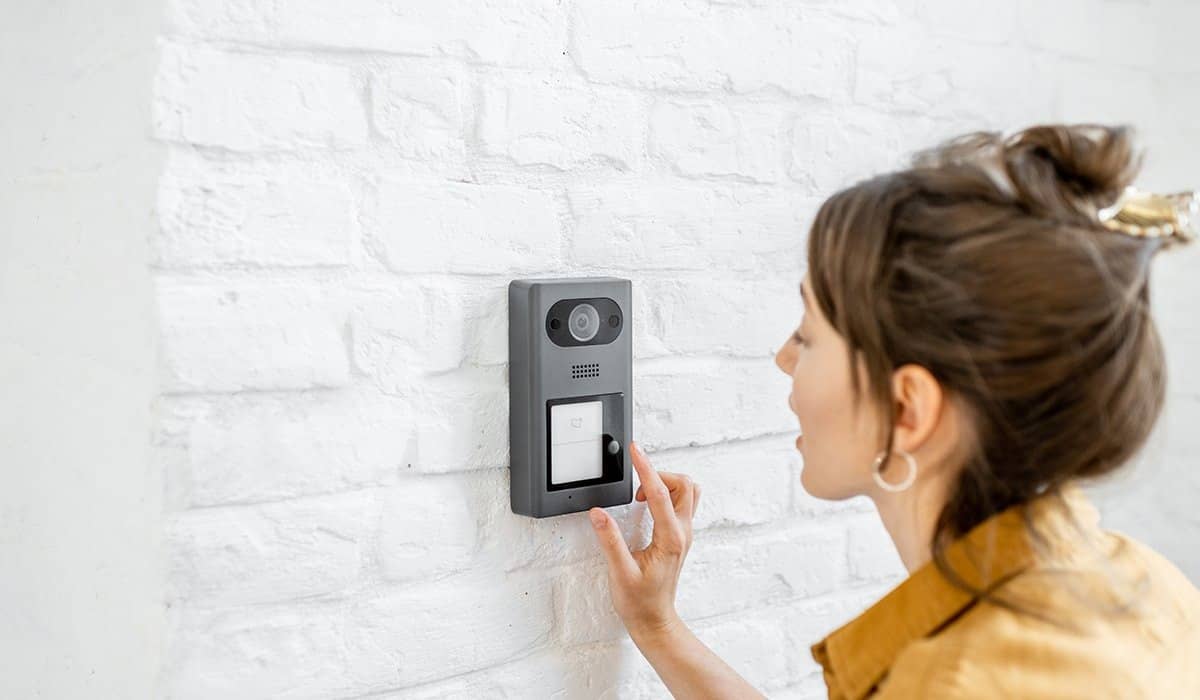
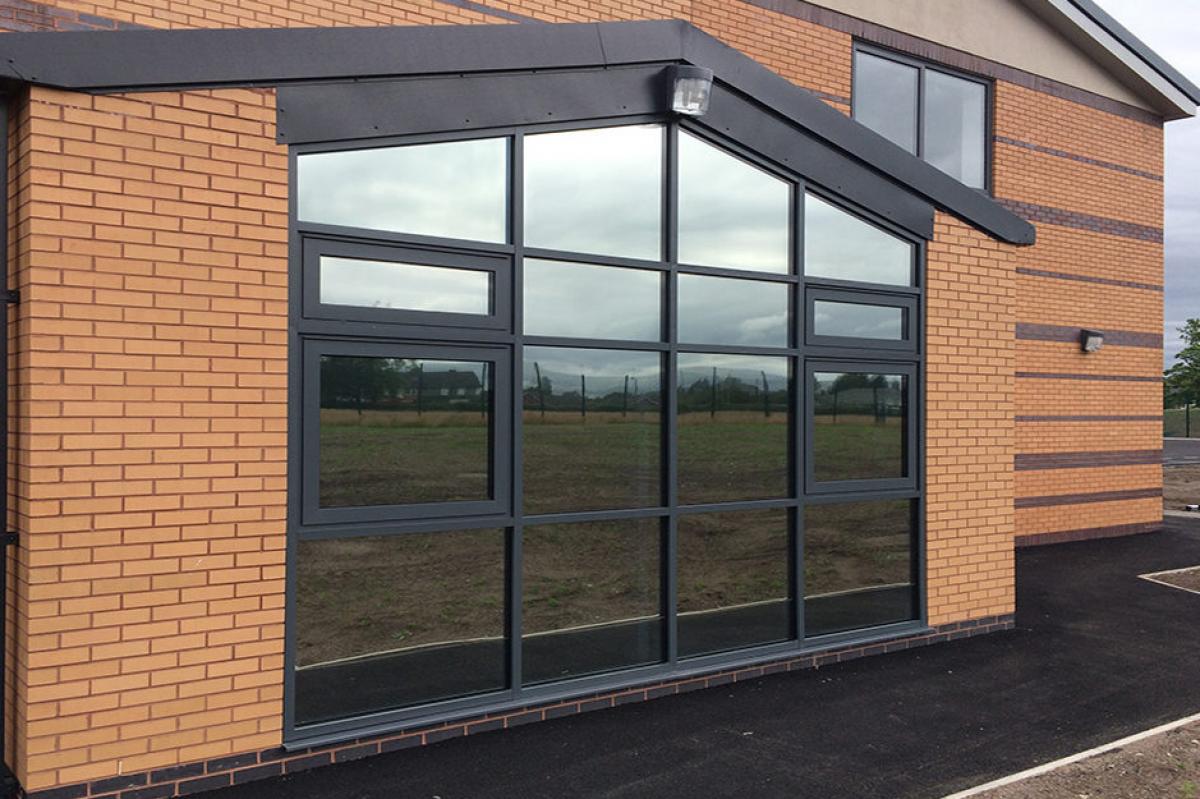
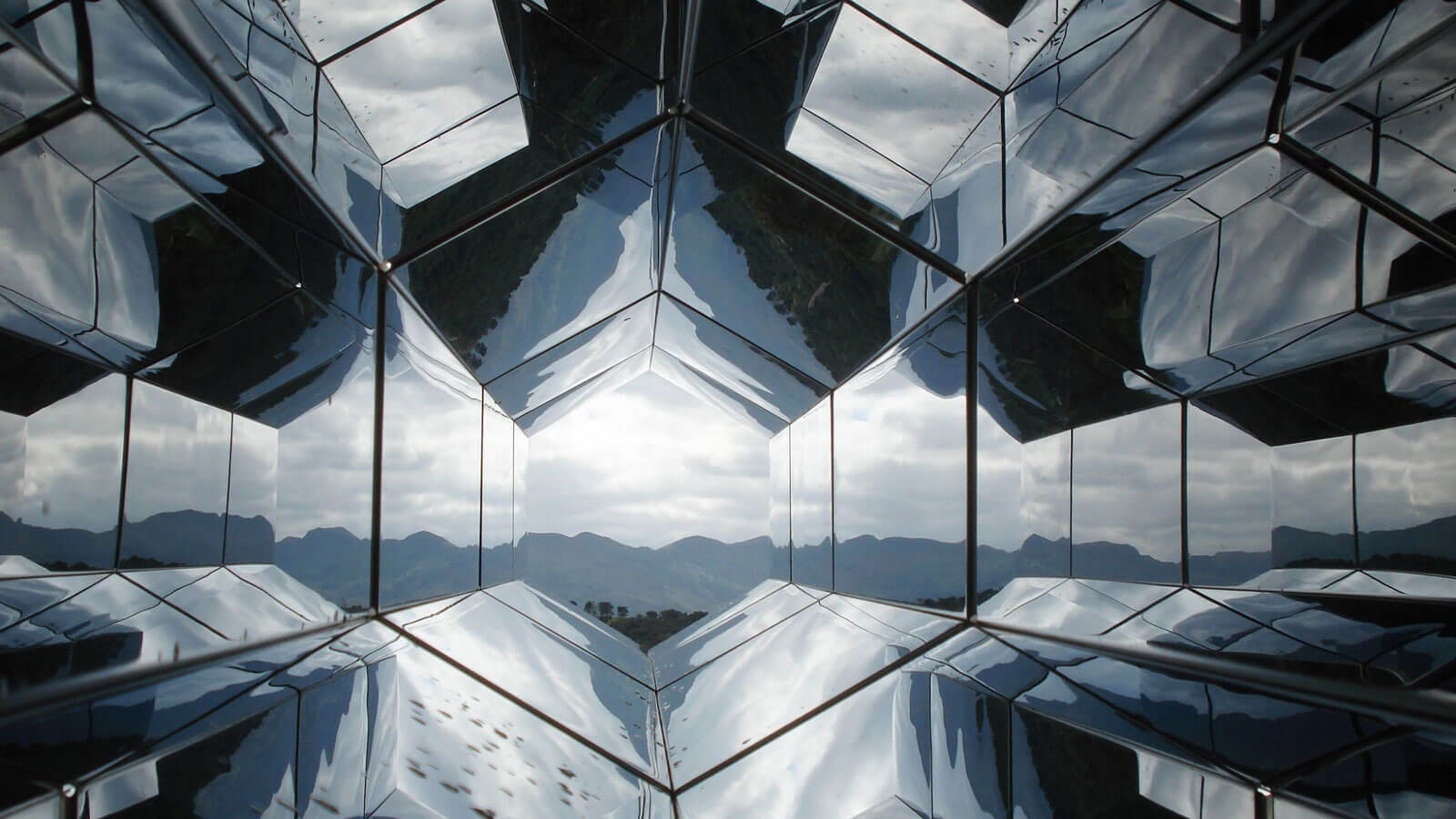
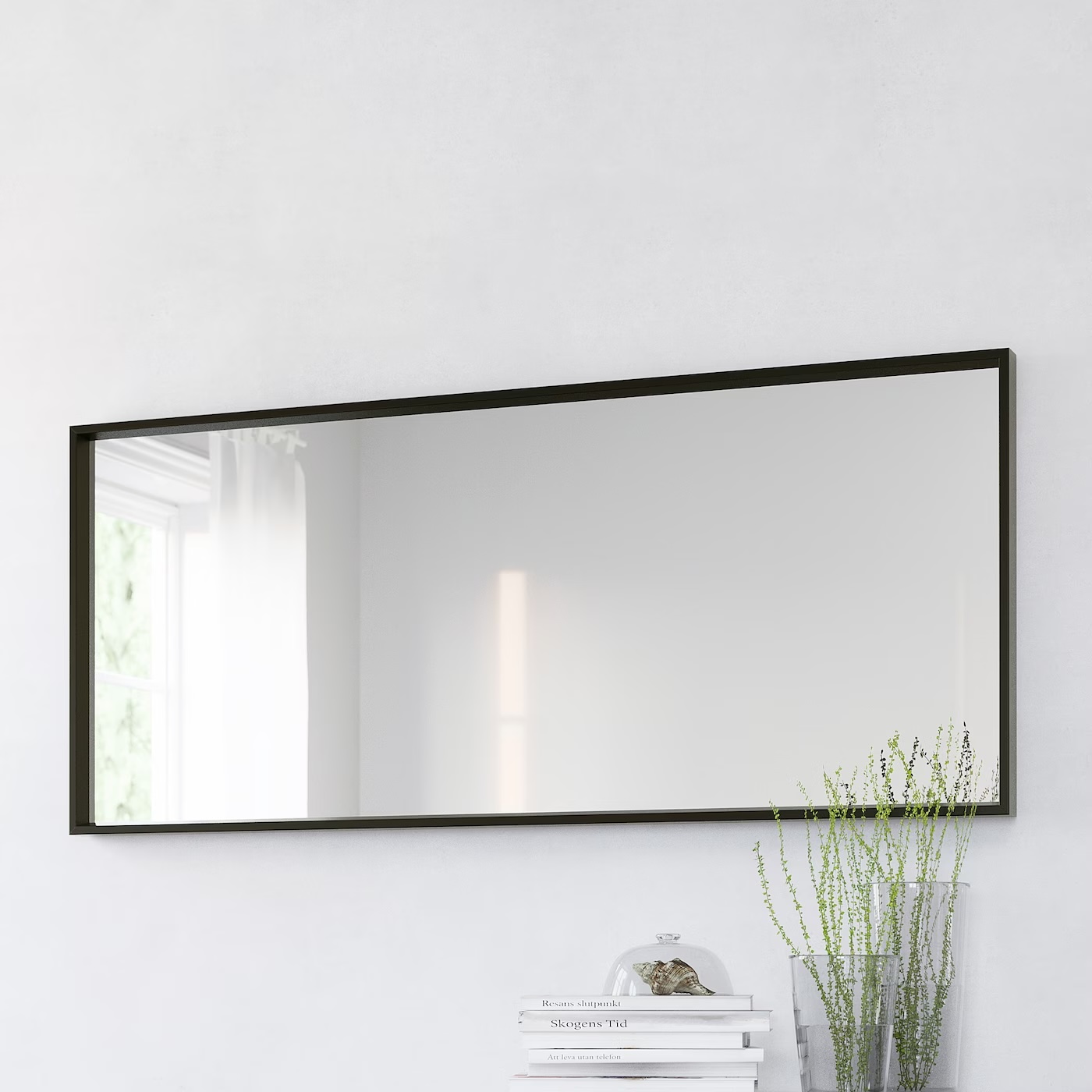
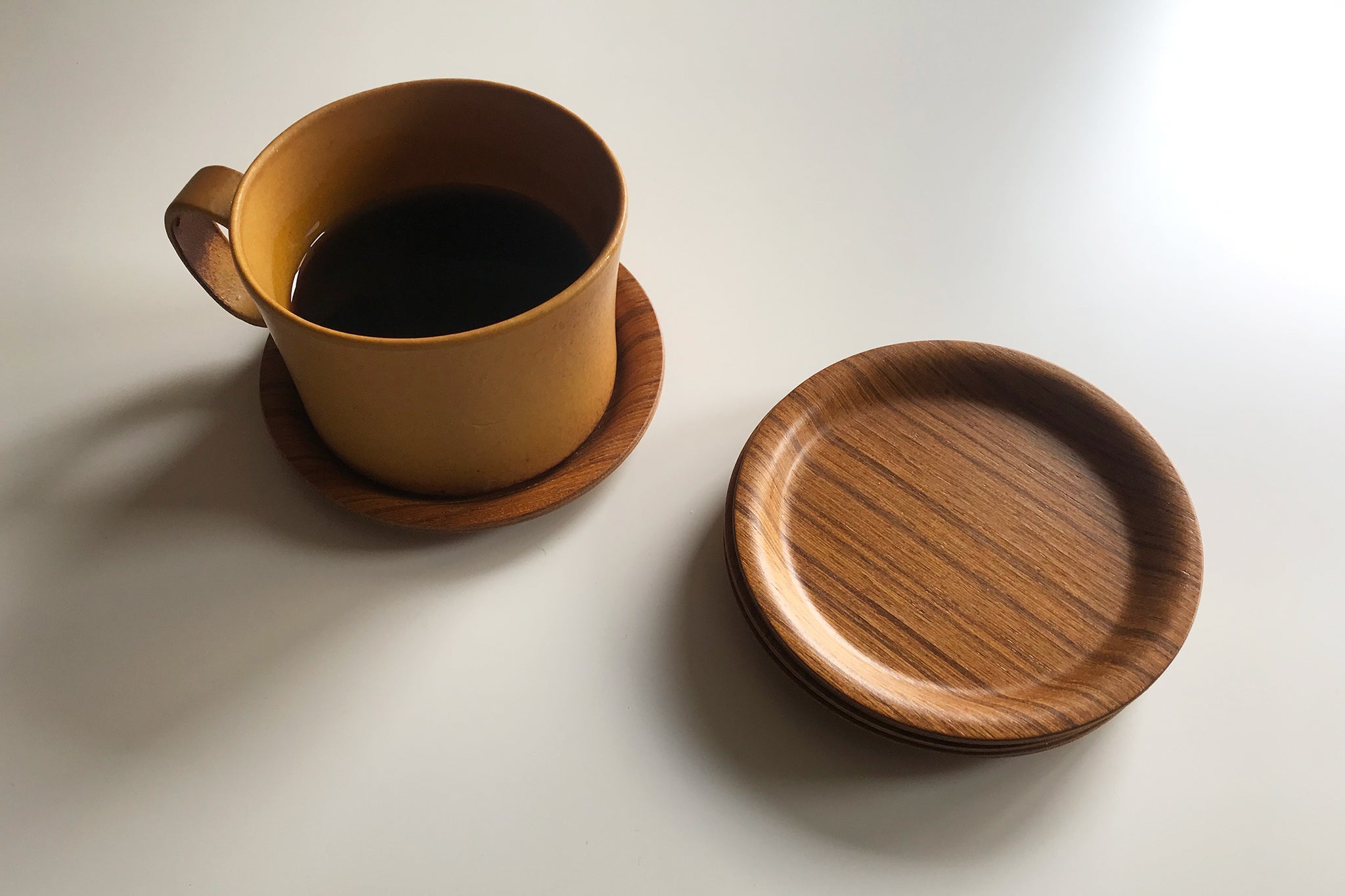
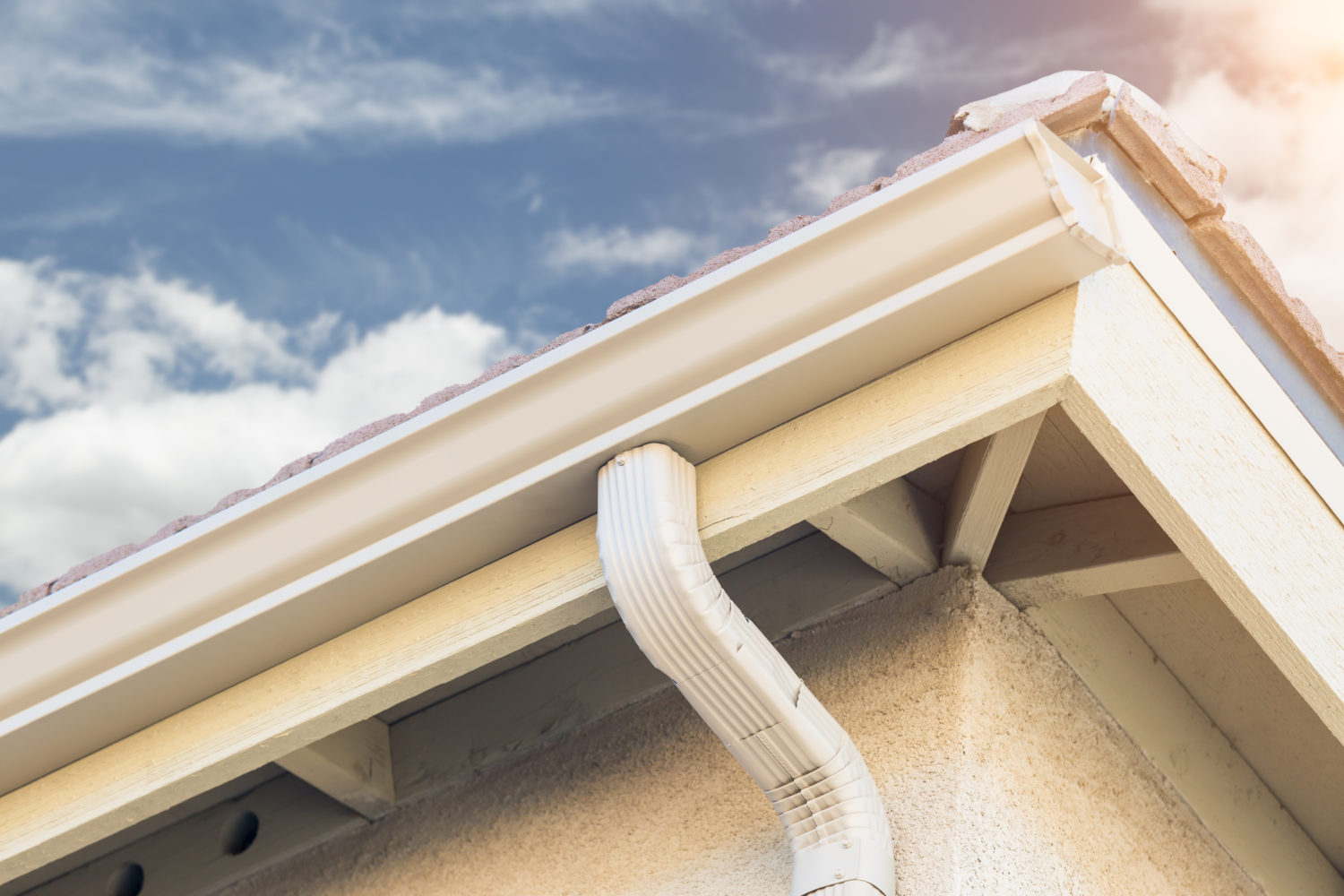
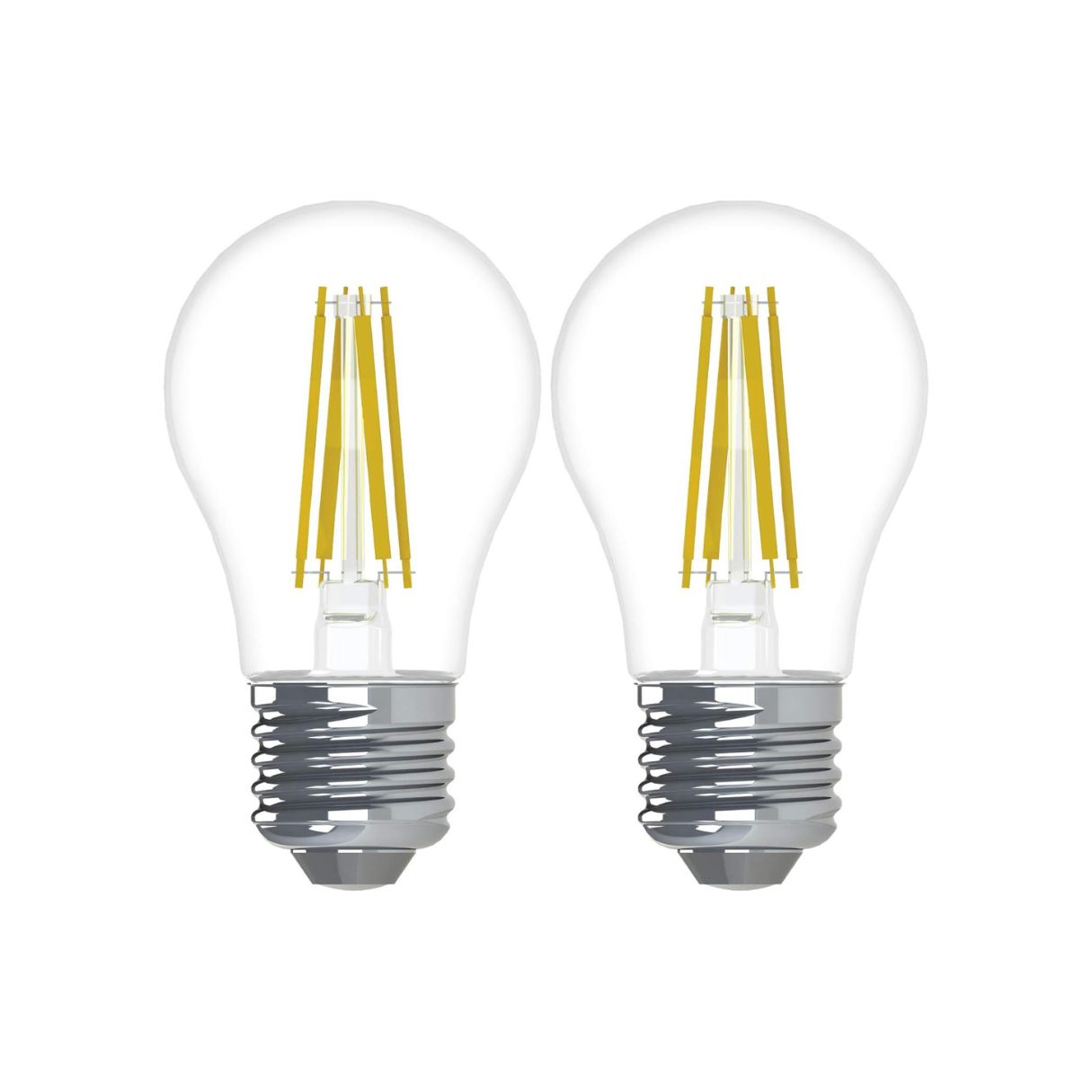
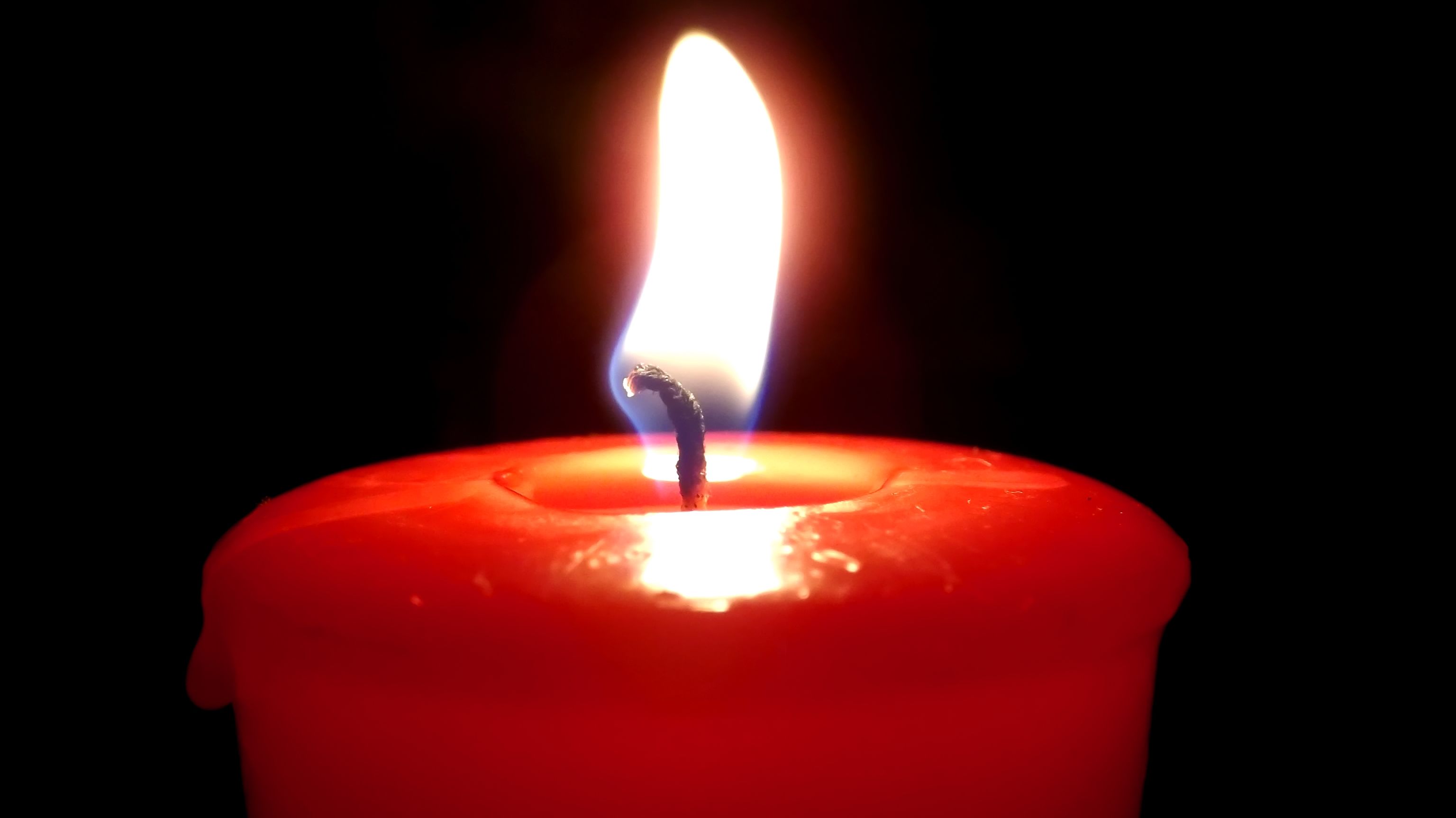


0 thoughts on “How Do Two-Way Mirrors Work”